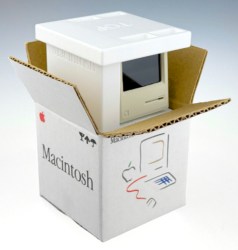To paraphrase The Simpsons: plastics are the solution to – and cause of – all of mankind’s problems. Nowhere is this more clear in the phenomenon of microplastics. Some have suggested that alternative bioplastics made out of starch could be the solution here, as the body might be able to digest and disassemble these plastic fragments better. Unfortunately, a team of Chinese researchers put this to the test using mice, with the results suggesting that starch-based plastics do not change the harm to tissues and organs.
We previously looked at this harm from micro- and nanoplastics (MNP), with humans and their brains at autopsy showing a strong correlation between disease and presence of MNPs. In this recent study mice were split up into three groups, for either no, low or high levels of these bioplastics in their food. At autopsy, the mice exposed to the bioplastics all showed damage to organs, including the same gene-regulation issues and inflammation markers as seen with other plastics.
Despite these results, researchers question how useful these results are, as they pertain to modified starches with known biodegradability issues, while starch by itself is absolutely digestible when it’s in the form of potato chips, for instance. Perhaps the trick here is to make bioplastics that are still useful as plastics, and yet as harmless to ingest as said potato chips.
Not that we recommend eating bioplastics, mind you; potato chips are definitely tastier.




















